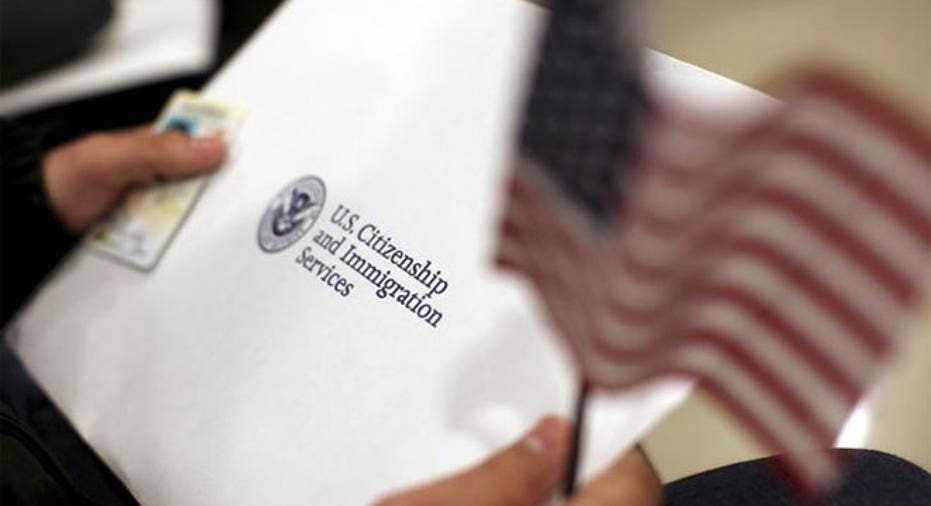The Economic Impact of the Border Crisis

The surge of illegal immigrants, across U.S. borders, with an estimated 50,000-plus being unaccompanied minors, has created a flurry of political debates, but it also brings a long and short-term economic impact.
There are currently an estimated 10 to 12 million undocumented workers in the U.S., according to the U.S. Census Bureau, and the flood of unaccompanied minors is costing taxpayers $252 per day, per child, according to U.S. Rep. Henry Cuellar (D-Laredo). The average unaccompanied minor spends 35 days in the U.S., which breaks down to $8,820 on average per child.
Most of these minors are older than 14, and nearly 75% are boys. The surge of unaccompanied minors has ticked up dramatically over the past several years, with 15,949 entering in 2011, 24,402 coming through in 2012 and 38,759 coming in last year. From January through June 30, 57,525 solo minors entered the country illegally. Currently, 1,000 unaccompanied juveniles are entering monthly into the U.S. through border states Texas, New Mexico, Arizona and California, fleeing violence in their home countries of Guatemala, El Salvador and Honduras.
Homeland Security Secretary Jeb Johnson says the crisis will continue to escalate and that as many as 90,000 unaccompanied minors may pass through the border ahead of Sept. 30. In 2012, when around 13,700 minors came through shelters after entering the country, the Department of Health and Human Services spent $168 million on food, staff and school for these children—more than $400 per child daily, according to The Wall Street Journal.
When a child is apprehended at the border, he or she has to be processed through the legal system, but the current rush of immigrants has created a severe backlog. Currently, there are more than 100 facilities housing these children, and more than 30,000 have been released to sponsors through July 7. Some children have been sent as far as Alaska and Hawaii.
FOXBusiness.com reached out to the Department of Homeland Security on transportation costs and the overall economic impact of the surge of illegal immigrants, but hadn’t received a response as of press time.
The Health-Care Factor
Undocumented immigrants are the highest uninsured population in the country, according to Devon Herrick, senior fellow at the National Center for Policy Analysis. The cost of care is difficult to pin down, but he says nearly $2 billion is spent annually on emergency Medicaid including labor, delivery and other care, while another $2 billion is spent on hospital emergency room visits and is written off for those who cannot pay.
“About 10 million uninsured people are illegal immigrants,” he says. “The Affordable Care Act does not expand Medicaid to illegal immigrants, and illegal immigrants are not allowed to get subsidies on the exchange. They can get coverage in the individual market or through their employer.”
Children born of illegal immigrants while in the U.S qualify for Medicaid, which adds pressure to the government-funded program.
“That being said, illegal immigrant health care is not thought to be much of a burden on taxpayers as most are here to work,” Herrick says. “By definition, if you are healthy enough to work, you are probably healthy and relatively low cost.”
Heather MacDonald, Manhattan Institute senior fellow, says the states that receive some of the children could face added budgetary strains.
“Places in California are spending large amounts of money on Hispanic English learners, for example,” she says. “Estimates have been made in years past that the costs of keeping them for state and local governments [in California] around $8 billion for health-care and education costs.”
The House of Representatives on Saturday passed a $694 million border bill aimed at addressing the rising costs of immigration.
MacDonald says she would like to see some of those resources put towards securing the border.
“I suspect there will be a lot more resources at the border,” she says. “Also, in terms of providing services to these kids, it will only be a one-shot spend. The real problem is that there is a longer-term cost to having a low-skilled population in terms of how that impacts American taxpayers.”